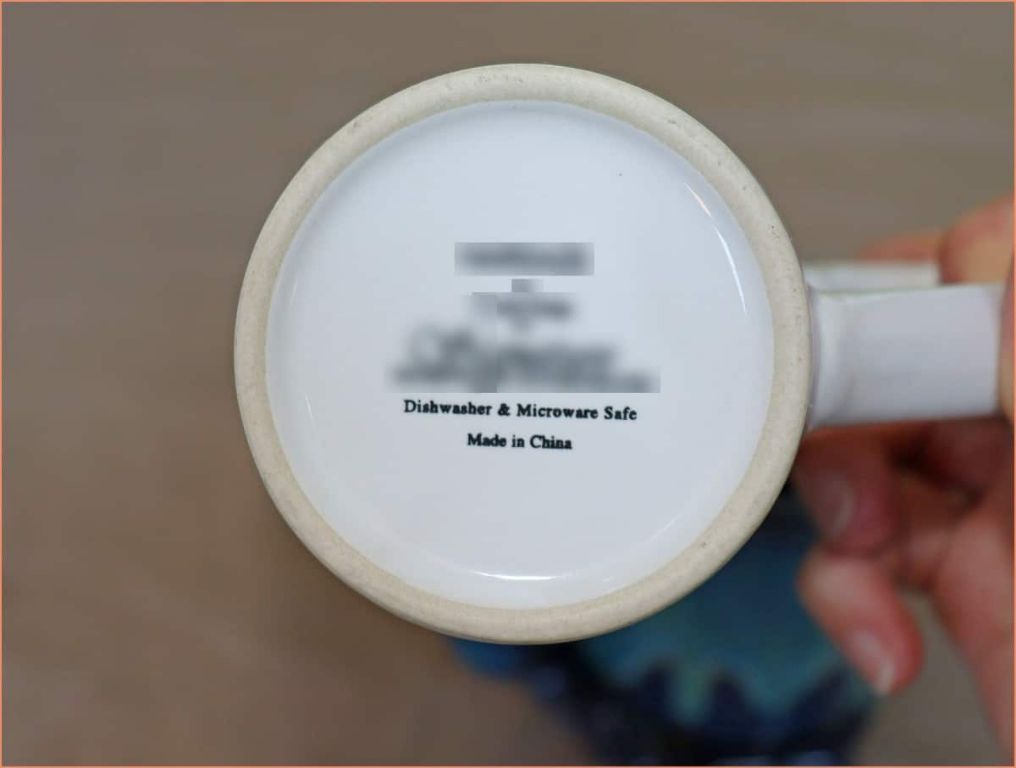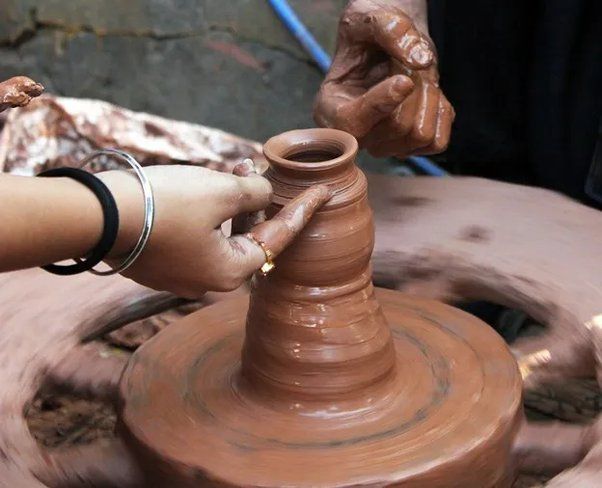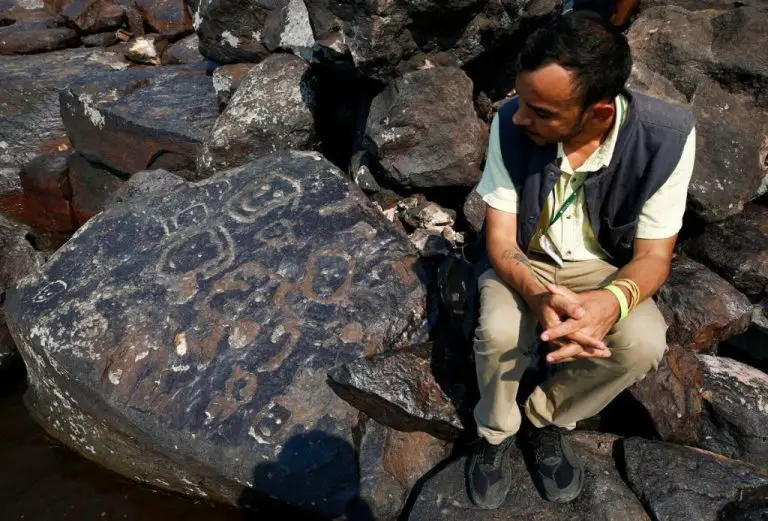Is Ceramic Safe For Microwave?
Is Ceramic Truly Safe for Microwaves?
Ceramics are a staple in many kitchens — elegant serving dishes, colorful ceramic mugs, and ornate ceramic cookware all add style and personality to our homes. But there’s an ongoing debate about whether ceramics belong in the microwave. Stories abound of mugs cracking, plates scorching food, and ceramic cookware dangerously superheating water.
So is ceramic actually microwave-safe? The short answer is: it depends. Not all ceramics are created equal when it comes to withstanding microwave radiation. In this article, we’ll go beyond this basic question to explore the science behind microwave-safe ceramics, signs your ceramics may not be microwave-safe, alternatives to ceramic, and tips to microwave any dish safely.
By the end, you’ll have a more nuanced understanding of the relationship between ceramics and microwaves, empowering you to make smarter choices about what to zap in your microwave.
What Makes Ceramic Microwave-Safe?

Ceramic material is considered microwave-safe due to its material composition and thermal properties that allow it to withstand microwave heating without breaking down. Ceramic is made from clay that has been fired at extremely high temperatures up to 2,500°F. This vitrification process fuses the clay particles together, making the ceramic non-porous and impervious to moisture absorption (Baking Like a Chef).
The dense, vitrified material can resist high heat without cracking or warping. Glazed ceramic is especially resilient as the glass coating provides an extra protective barrier. Quality ceramics meeting kitchenware manufacturing standards are designed to be heated to over 500°F without damage, well above typical microwave heating (Reddit r/Pottery).
So when used properly, standard commercial and household ceramic products are generally considered safe for microwave use. However, exceptions exist for lower quality, handmade, or antique ceramics that do not meet the same durability benchmarks.
Benefits of Microwaving Ceramic
Ceramic cookware is often praised for its microwave benefits. The smooth, nonporous surface frequently used in ceramic containers and dishes helps provide even and consistent heating. With even heating, there are less chances of over- or under-cooking food, compared to materials like plastic that can heat unevenly (Samsung).
Additionally, ceramic’s versatility enables cooking different types of foods in the microwave. From reheating leftovers to steaming vegetables or cooking rice, ceramic works well. For dishes with a variety of ingredients, ceramic helps ensure everything gets thoroughly cooked.
Finally, smooth ceramic surfaces are easy to clean with just soap and water. They don’t absorb odors, flavors, or stains like plastic can. The nonporous glazed finish prevents bacteria and other messes from sticking to the cookware, resulting in quick cleanup. This makes ceramic a hygienic and convenient microwave material choice.
Risks of Microwaving Certain Ceramics
While most standard ceramic cookware is safe for the microwave, certain ceramics do pose risks when microwaved. The main risks include:
Lead Leaching
Some ceramic glazes contain lead that could leach into food when microwaved, especially acidic foods. Tests showed that microwaving acidic liquids like coffee, tea, and tomato sauce in lead-glazed mugs and bowls released unsafe levels of lead (Mandal, 2018).
Lead exposure can cause health issues like developmental delays, hearing loss, and nervous system damage, especially in children (https://www.quora.com/What-happens-if-you-microwave-food-or-drinks-in-ceramic-containers). To avoid lead exposure, only microwave oven-safe ceramic cookware.
Superheating Liquids
Microwaving plain water in a smooth ceramic mug can cause it to become superheated or heated past its normal boiling point without visibly boiling. This is dangerous since superheated water can suddenly boil over when disturbed.
To prevent superheating, avoid microwaving plain water in ceramic mugs. If you must reheat plain water, add a wooden stir stick before microwaving (https://pubmed.ncbi.nlm.nih.gov/30109678/).
Cracks and Breakage
Microwaving ceramics that have microcracks or damage can cause them to further crack or break from the rapid heating. Always inspect ceramic cookware before microwaving and discard anything with existing cracks or damage.
Sudden temperature changes can also cause thermal shocks that lead to cracks in ceramic. Allow microwaved ceramic to cool gradually before exposing it to colder temperatures.
Tips for Safe Microwave Use
When microwaving ceramic cookware and dishware, follow these tips to ensure safety:
- Avoid antique ceramics or ceramic pieces with metallic paint or decorations, which can contain materials unsafe for microwaving.
- Check labels and only use ceramics specifically marked as “microwave-safe.” If in doubt, confirm with the manufacturer.
- Use lower microwave power settings (50% power or less) when first reheating food in ceramic containers.
- Remove ceramic lids or covers when microwaving to allow steam to vent.
- Never microwave cracked, chipped, or damaged ceramic, which can compromise safety.
- Allow ceramic cookware to cool before removing from the microwave, as contents may still be extremely hot.
Taking simple precautions enables you to safely reheat and cook food in ceramic containers. However, refrain from microwaving antique, unlabeled, or questionable ceramics to avoid potential risks.
Signs Your Ceramic Isn’t Microwave-Safe
There are a few signs that indicate your ceramic dishware may not be suitable for microwave use. According to Wikihow [1], the main things to look out for are:
- Gets very hot: If the ceramic gets too hot to handle after microwaving, especially if the food inside isn’t piping hot, then it’s absorbing too much microwave energy.
- Browning or scorching: Check if there are any burn marks or browning on the underside or rims of the ceramic. This shows it’s getting dangerously hot in the microwave.
- Cracks or damage: Small hairline cracks or crazing patterns in ceramic after microwaving indicate instability in the material when exposed to microwave energy.
Minor surface damage is likely not a safety issue if the dish doesn’t heat up excessively. However, deep cracks or damage that causes leaking should be avoided. When in doubt, it’s best not to microwave cracked ceramic.
Alternatives to Ceramic
Not all ceramics are deemed microwave-safe, so it’s good to know some alternative options for reheating and cooking food. Three common alternatives to ceramic dishware in the microwave include:
Glass Containers
Glass is typically microwave-safe, as long as there are no metallic paints or decorations. Clear glass containers allow you to see your food while it cooks. However, be cautious of large temperature changes, as glass can shatter if severely heated or cooled too quickly.1
Microwave-Safe Plastics
Many plastic containers, plates, and bowls designed for the microwave have good heat resistance. However, avoid older, scratched or warped plastic in the microwave, as harmful chemicals could leach into foods. Look for the microwave-safe label and recycle codes 2, 4, and 5.2
Paper Products
Paper plates, bowls, towels, and parchment paper are go-to microwave options. The porous material absorbs moisture and allows steam to escape. Avoid recycled paper products, as they may contain small metallic particles. Never microwave paper bags, boxes or newspaper, which could ignite.1
FAQs
Here are some common questions and concerns when using ceramics in the microwave:
Is there a risk of lead poisoning from microwaving ceramic?
Modern ceramics produced after the 1970s should not contain lead. However, vintage or antique ceramic dishes may have used lead glazes. Lead can leach into food when exposed to acids like vinegar, tomatoes, or citrus fruits. To be safe, do not microwave vintage ceramic dishes, especially for wet foods.
What is superheating and why is it dangerous?
Superheating is when a liquid is heated beyond its boiling point in a microwave without forming bubbles. This can happen with smooth containers like coffee mugs. The danger is that when the superheated liquid is disturbed, it can “erupt” out of the container. To prevent superheating, microwave in shorter intervals with stirring in between.
Can microwaving ceramics cause them to crack or explode?
Microwaving ceramics can potentially cause cracking or exploding if they contain materials that react strongly to microwave energy. Quality modern ceramics designed for microwave use should not have this issue. Avoid microwaving ceramics with metal trim or components. Also do not microwave any ceramics that are cracked or chipped.
What about microwaving ceramic plates or bowls?
Plates and bowls specifically marketed as microwave-safe are fine to use. Do not microwave vintage plates or bowls, especially with metallic designs or components which can spark. Avoid microwaving stacks of plates or bowls as the ceramics may insulate heat and get too hot.
The Bottom Line
In summary, most ceramic dishes and mugs are safe for the microwave in moderation, as long as they do not contain metal paints or decorations. Pure clay ceramics that absorb minimal water are ideal. There are some risks with lower quality ceramics or ceramics with cracks, but you can often identify unsafe ceramics by conducting simple tests. Microwaving ceramic for brief 30 second increments, using lower power settings, and checking for hot spots can help minimize risks. High quality glazed ceramic and porcelain from reputable brands are generally quite microwave-safe. However, it’s still smart to be cautious and stop microwaving anything that shows signs of damage or overheating. Safer microwave alternatives include glass, silicone, and some plastics labeled microwave-safe. With basic precautions, you can continue enjoying the convenience of microwaving your favorite ceramic mugs and dishes.
References
[Author’s last name], [Author’s first initial]. [Date of publication]. [Title of source]. [Name of Website/Publisher if applicable]. [URL if available]. Accessed [date accessed by author].
Microwave Oven Safety. [Date of publication]. U.S. Food and Drug Administration. https://www.fda.gov/radiation-emitting-products/resources-you-radiation-emitting-products/microwave-oven-radiation. Accessed [date].
Ceramic Dinnerware and Lead. [Date of publication]. U.S. Food and Drug Administration. https://www.fda.gov/food/metals-and-your-food/ceramic-dinnerware-and-lead. Accessed [date].
Microwave Oven Radiation. [Date of publication]. United States Environmental Protection Agency. https://www.epa.gov/radtown/microwave-ovens. Accessed [date].



